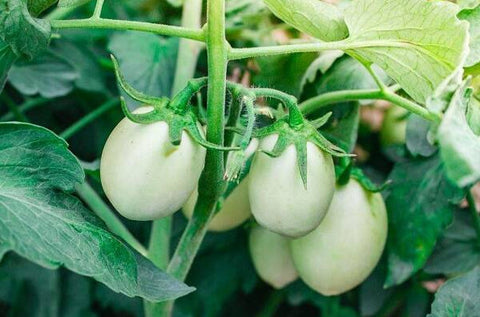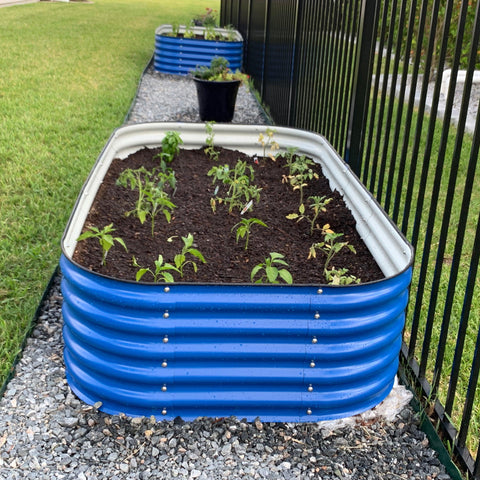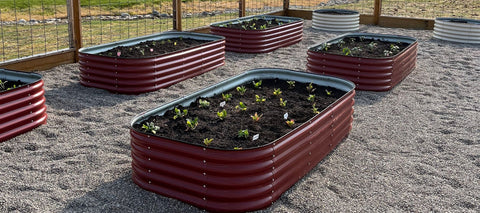Nurturing Nature's Canvas: Elevating Your Garden Beds Through the Years
A garden is a vibrant, living work of beauty that changes through time, displaying the dedication and creativity of the gardener. Your garden beds can blossom and change with each passing year, just as art improves with each brushstroke. In this blog, we'll take a journey through the seasons to learn how to improve your garden beds and turn your outside area into a colorful, ever-evolving work of art.

Laying the Foundation
Building a solid foundation is the main objective of your garden's first season. Start by choosing the ideal site for your raised beds, taking into consideration aspects like as drainage, sunlight, and connection to water supplies. Check the pH level and content of your soil and make any necessary amendments to produce the best growing conditions. Start with a wide variety of plants that will thrive in the soil and climate of your area.
Embrace Diversity
Think about adding a range of plants to your beds as your garden takes shape. In addition to adding visual interest, diversity encourages a healthy ecosystem by luring beneficial insects and discouraging pests. Include native plants to promote biodiversity and sustain local wildlife. Try out different colors, textures, and heights to produce eye-catching contrasts and dynamic compositions.

Mulching and Composting
Focus on soil health and fertility. Mulching helps retain moisture, suppress weeds, and regulate soil temperature. Consider using organic materials like straw, wood chips, or compost. Speaking of compost, establish a composting system to recycle organic waste from your kitchen and garden, enriching your soil with nutrient-rich humus over time.
Combine perennials
The foundation of a sustainable garden is perennials. Introduce more perennial plants as your garden develops so that they will return year after year, decreasing the need for refilling and giving your beds a solid base. Deep root systems are characteristic of perennials, which help the soil's structure and water retention.

Create Microhabitats
This time, you've developed a solid understanding of your garden's microclimates. Use this knowledge to your advantage by creating microhabitats within your beds. Incorporate features like rocks, logs, or water elements to provide shelter for small animals, birds, and insects. These microhabitats not only contribute to the ecosystem but also add an enchanting touch to your garden.
Training and skillful pruning
It's time to improve the visual element of your garden as it gets older. Plants can be trained and pruned to control their growth, improve their look, and promote greater airflow. Spend some time understanding the appropriate methods for each type of plant to maintain their health and highlight their inherent beauty.
Continuous Learning
Gardening is a lifelong journey of discovery. Year after year, continue to expand your knowledge about different plant species, gardening techniques, and ecological practices. Attend workshops, read gardening books, and connect with other gardeners to exchange ideas and experiences. This ongoing learning process will deepen your connection with your garden and inspire you to try new approaches.
Your garden beds are more than just a place to plant things; they are an expression of your love and respect for the environment. Accept the transforming power of time as the years pass by and grow your garden beds into a thriving haven of beauty and life. Your garden will develop into a sanctuary for you and the variety of life it supports with each passing year.
